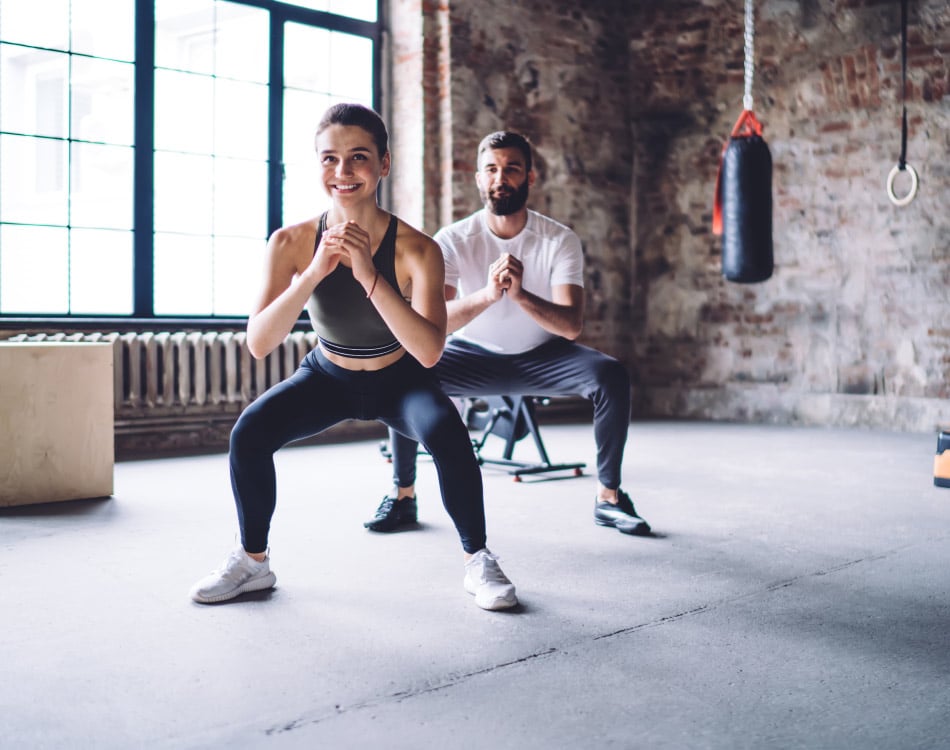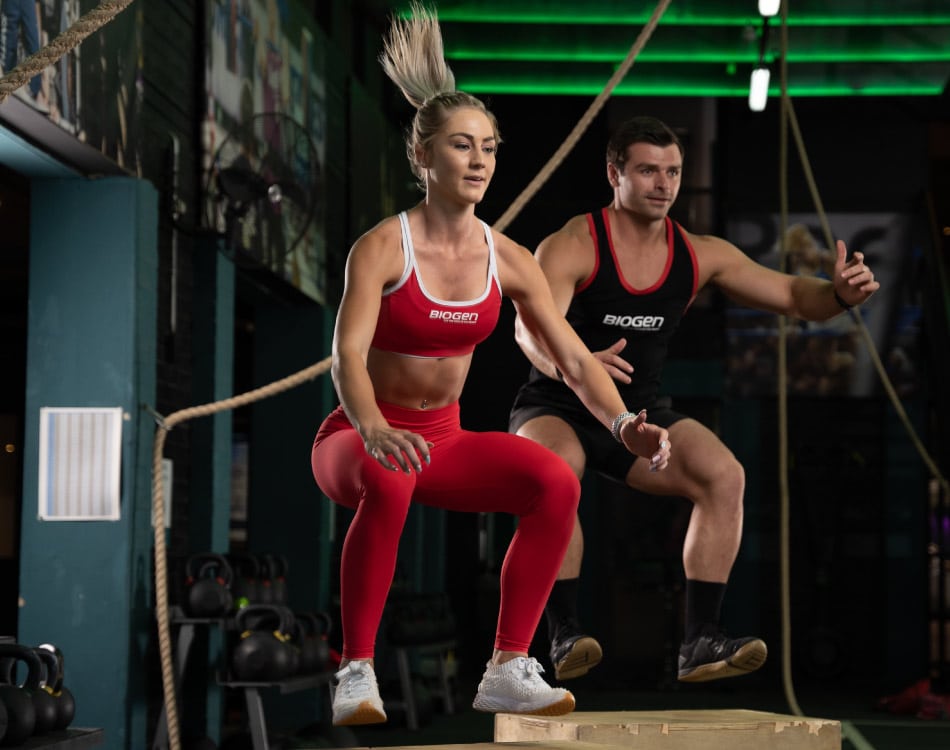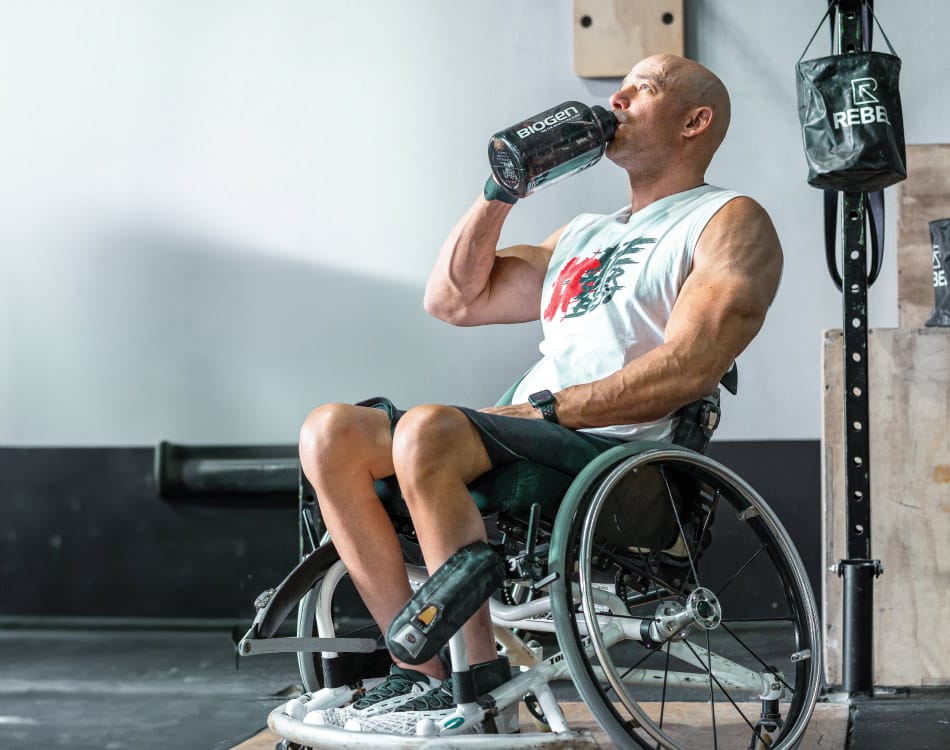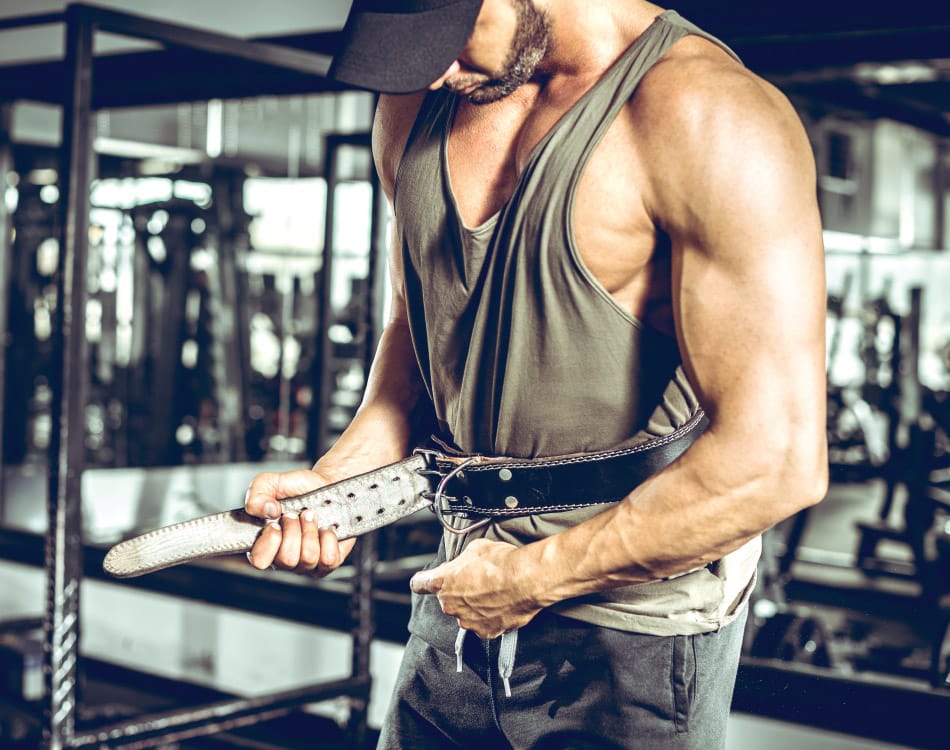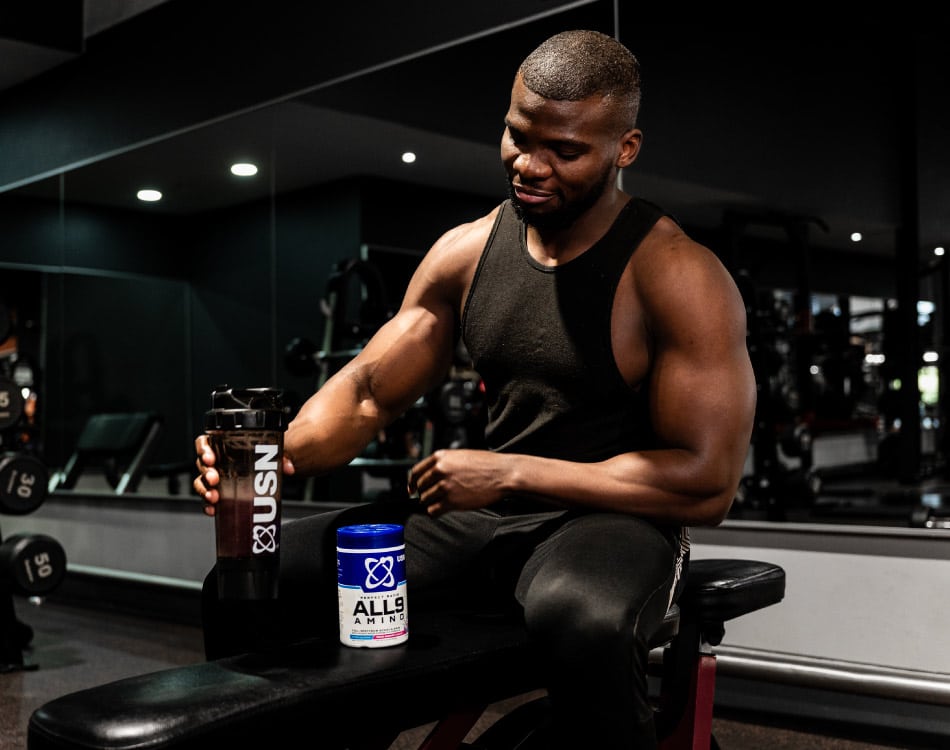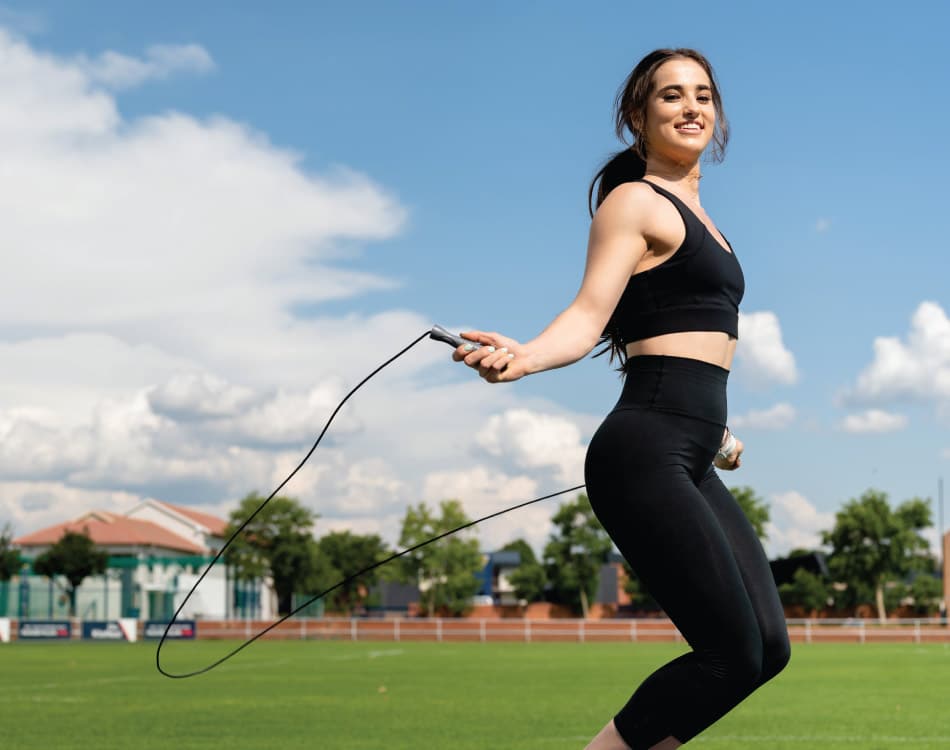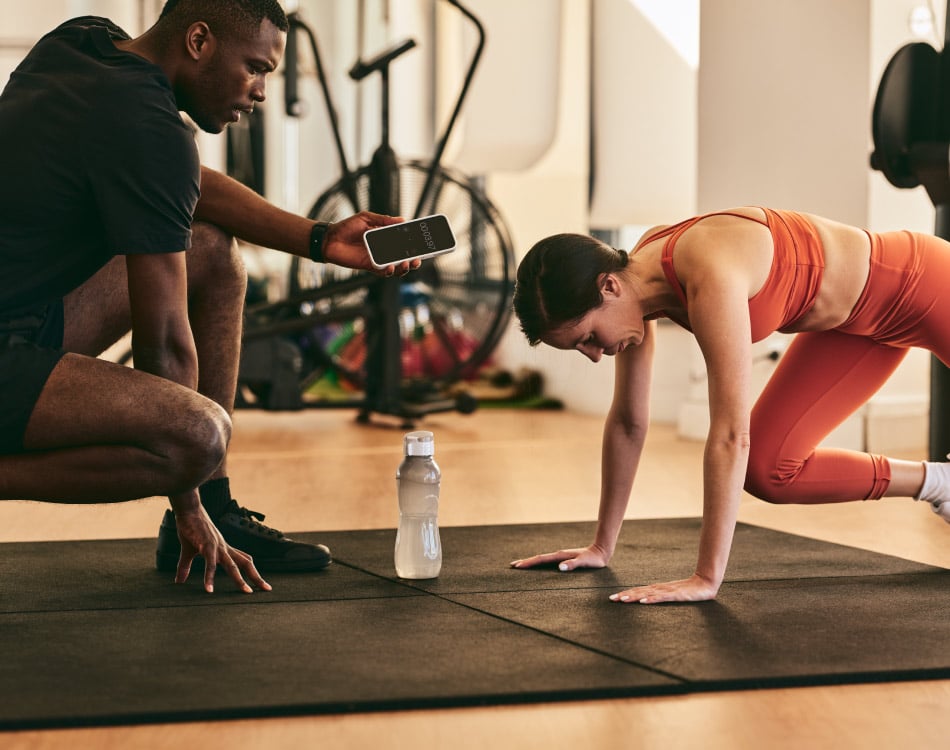Many health and fitness professionals regard the squat as the ultimate exercise due to it’s ability to build, shape and tone muscles, burn calories and fat, and develop serious strength.
That’s why making the squat the foundation on which you build a comprehensive weight training plan is a smart way to ensure you get stronger, transform your body, run faster, jump higher or simply maintain the best quality of life with more functional strength and better movement.
But did you know that the squat is also one of the most versatile exercises around? There are numerous variations that you can incorporate into your training plan to keep things interesting or shift the focus of the exercise to target different muscles and movement patterns.
READ MORE | Fix Your Form To Squat Heavy
Master the squat
For those who may not be familiar with the squat rack, there are a few important guidelines to follow before adding these variations to your programme.
- Learn the proper technique.
- Improve your hip, knee, ankle and shoulder mobility.
- Master the bodyweight squat before executing it under load.
Step 1: Squat like a boss
The squat is a complex compound exercise that incorporates multiple joints and activates numerous muscles, from big, powerful muscles like the quads and glutes to smaller stabilisers such as your adductors and calves.
A squat is predominantly a hip extension (lengthening) exercise. The major emphasis is placed on the quads when you extend back up into the standing position (concentric phase) and the glutes during the lowering (eccentric) phase.
You want to create a platform that feels natural and comfortable when performing any type of squat, which requires symmetrical strength and adequate mobility in the relevant joints and muscles.
The set-up: Set a solid base by placing your feet hip-width apart, with your toes pointing forward or slightly outward. Keep your knees slightly bent in the fully extended upright position. Distribute your weight evenly through both feet.
Initiating the movement: A properly executed deep squat starts at the hips with a hinge, which drops your glutes back and down. Do not initiate the movement by bending your knees first. Your knees should track your toes as you descend. Engage your core to maintain an upright torso and good posture.
Powering up: Once you reach the deep squat position, contract your glutes to initiate the upward movement and rise back up with a powerful hip extension to lift your hips and extend your knees. Push through your entire foot as you extend your legs and hips.
Other important biomechanical queues to consider include:
- Maintain a neutral head position with your gaze cast forward.
- You need good ankle mobility to keep both heels on the floor in the deep squat position.
- Do not arch your back.
- Keep your knees behind your toes throughout the movement.
READ MORE | Master The Move: Two-Arm Overhead Kettlebell Squat
Step 2: Squat mobility guide
An inability to squat past parallel is a sign of poor hip and ankle mobility. If you can’t descend beyond this point without maintaining proper form, rather step away from the squat rack for a while to improve your mobility instead of training around or reinforcing this existing issue.
Even if you can drop past parallel without any issues, it is beneficial to perform mobility drills before any squat session to warm-up and reduce your injury risk.
Squat mobility drills
- Hip hinge
- Squat stands
- Resting squat pose
- Kneeling pose
- World’s Greatest Stretch
- Kneeling hip flexor stretch
- Kneeling dorsiflexion
- Rocking ankle mobilisation
- Flying Shoulder Presses
READ MORE | Escalating Density Training: Add “BIG Picture” Thinking To Your Workout
Step 3 explainer: Ready to squat
After mastering these steps and creating the joint mobility you need, it is time to rack and load a barbell and squat down deep! But how low should you go? As low as possible!
It’s a common misconception that deep squats cause knee injuries.
If you’re injury free, have the core and back strength, and the mobility to squat deep using proper form, then do it. In fact, numerous studies suggest that the deep squat might help to improve knee stability.
The squat options
Beginner options
- Bodyweight squat
- The goblet squat
- The Zercher squat
- The landmine squat
Intermediate options
- The back squat
- The sumo or plié squat
- The front squat
Advanced options
- Jump squat
- The overhead squat
- Offset dumbbell squat
- Pistol squat
Popular squat workout options:
- 100 bodyweight squats a day: Do 100 squats a day for 30 days.
- 5×5: Perform 5 sets of 5 reps.
- Pyramid: 3 to 5 sets of squats, starting with a light weight and higher reps. With each set, add more weight and reduce the reps.
- 10×10: An advanced workout that includes 10 sets of 10 reps using back squats.

